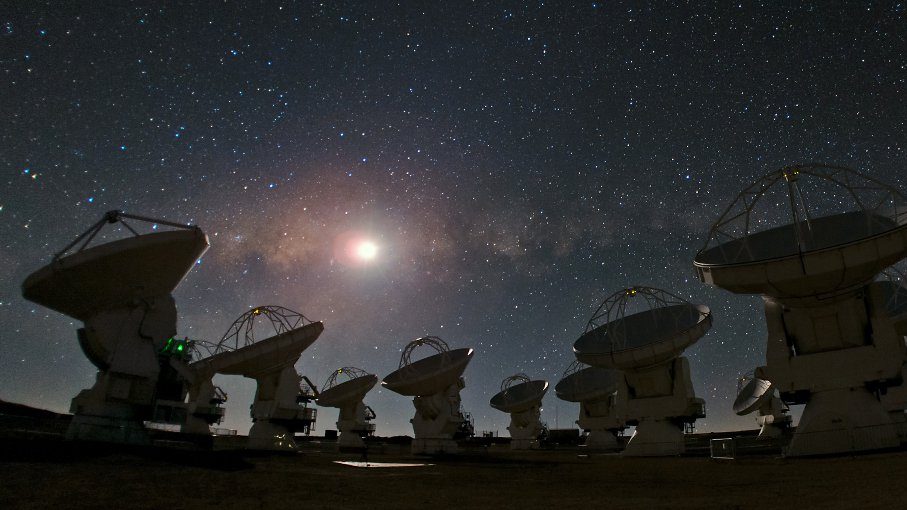Deadpan Sexy: Anne Carson’s “Eros the Bittersweet”

Anne Carson writes books that refuse to be just one thing. Autobiography of Red is a verse novel framed as a work of classical scholarship; fittingly, its hero is a hybrid, part ancient monster and part modern man. The Beauty of the Husband, subtitled “A Fictional Essay in 29 Tangos,” is actually a book-length poem sequence. And so on. Sometimes she crosses one genre too many; sometimes she calibrates her blends precisely. I have a special passion for her first book, Eros the Bittersweet(1986), a critical study of ancient Greek poetry that doubles as a treatise on desire.
It may also be a deadpan love letter. Whenever I read it, I suspect the author wrote it with some particular person—lost or unattainable—in mind: it has exactly that quality of stoic melancholy. “It was Sappho who first called eros ‘bittersweet,’” the first line reads. “No one who has been in love disputes her.”
Eros pursues its elusive theme in a style both dogged and chaste. Carson is less concerned with the glandular than the geometric: she dissects the love triangle with Euclidean exhaustiveness and analyzes the “blind point” at which our understanding of desire fails. Slyly she suggests that this is the same point at which figurative language begins:
Let us keep these questions in mind as we consider another point on the landscape of human thinking, a point which is also a verb—moreover a verb that triangulates, haunts, splits, wrenches and delights us each time it acts. Let us consider the point of verbal action called ‘metaphor.’
Another scholar of triangles, Pascal, once wrote: “The heart has its reasons, of which reason knows nothing.” The flat mathematicality of Carson’s tone is partly a parody of “reason” in this second sense. It’s also the dryness of someone who’s been burned by desire and lived to tell the tale—though not, of course, straightforwardly. Carson sustains this tragic monotone throughout all her books; she is the Nico of contemporary authors.
Every so often, though, her pitch rises slightly, to beautiful effect. The last chapter of Eros begins with a prose poem reminiscent of Calvino’s Invisible Cities:
Imagine a city where there is no desire. Supposing for a moment that the inhabitants of the city continue to eat, drink and procreate in some mechanical way: still, their life looks flat. They do not theorize or spin tops or speak figuratively. Few think to shun pain; none give gifts. They bury their dead and forget where. Zeno finds himself elected mayor and is set to work copying the legal code on sheets of bronze. Now and again a man and a woman may marry and live very happily, as travellers who meet by chance at an inn; at night falling asleep they dream the same dream, where they watch fire move along a rope that binds them together, but it is unlikely they remember the dream in the morning. The art of storytelling is widely neglected.
Too widely neglected itself, Eros the Bittersweet would make a worthy Valentine’s Day gift for anyone who finds understatement sexy. That is, for a worthy valentine.





